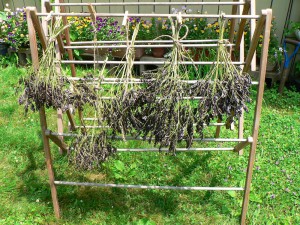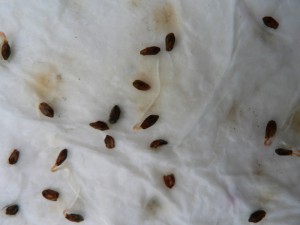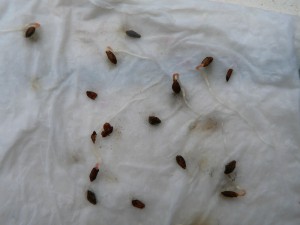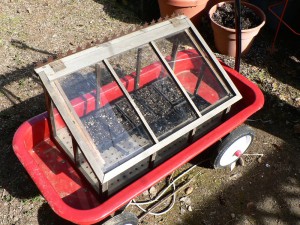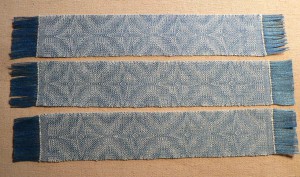This is the next installment about the USDA germplasm project I have been working on this year. In this post I will discuss the definition of “days to maturity”, which was one of the pieces of information I was supposed to be tracking for the USDA. I will also share some of my thinking around how I decided to harvest seeds this summer.
Since there has been a significant lapse of time since my last flax-related post, I will quickly recap. In this first season of the project, I was hoping to increase our supply of seed. I tried to prevent cross pollination by using isolation cages made out of lightweight Agribon and wooden stakes. Half of my project suffered utter crop failure in mid-July due to predation by rodents (or possibly other unidentified flax-stalk chewers and flax-seed eaters). Luckily, the other half of the project escaped largely unscathed, thanks to better weeding, daily monitoring, and cat-pee soaked scraps of cloth pinned to the isolation cages. You can read my earlier posts from April to August of 2015 for more details. Continue reading “Saving Flax Seed: Days to Maturity”

